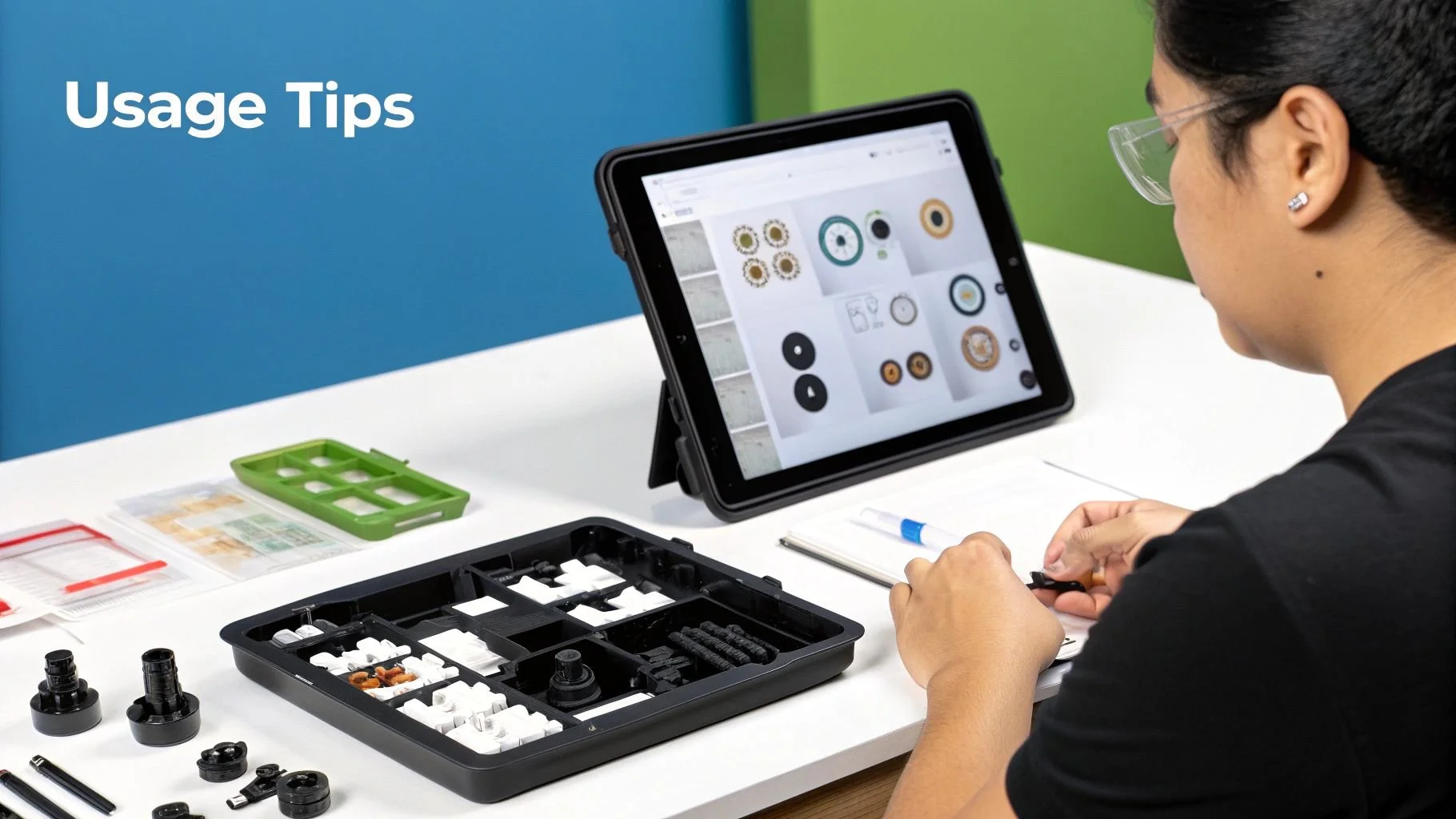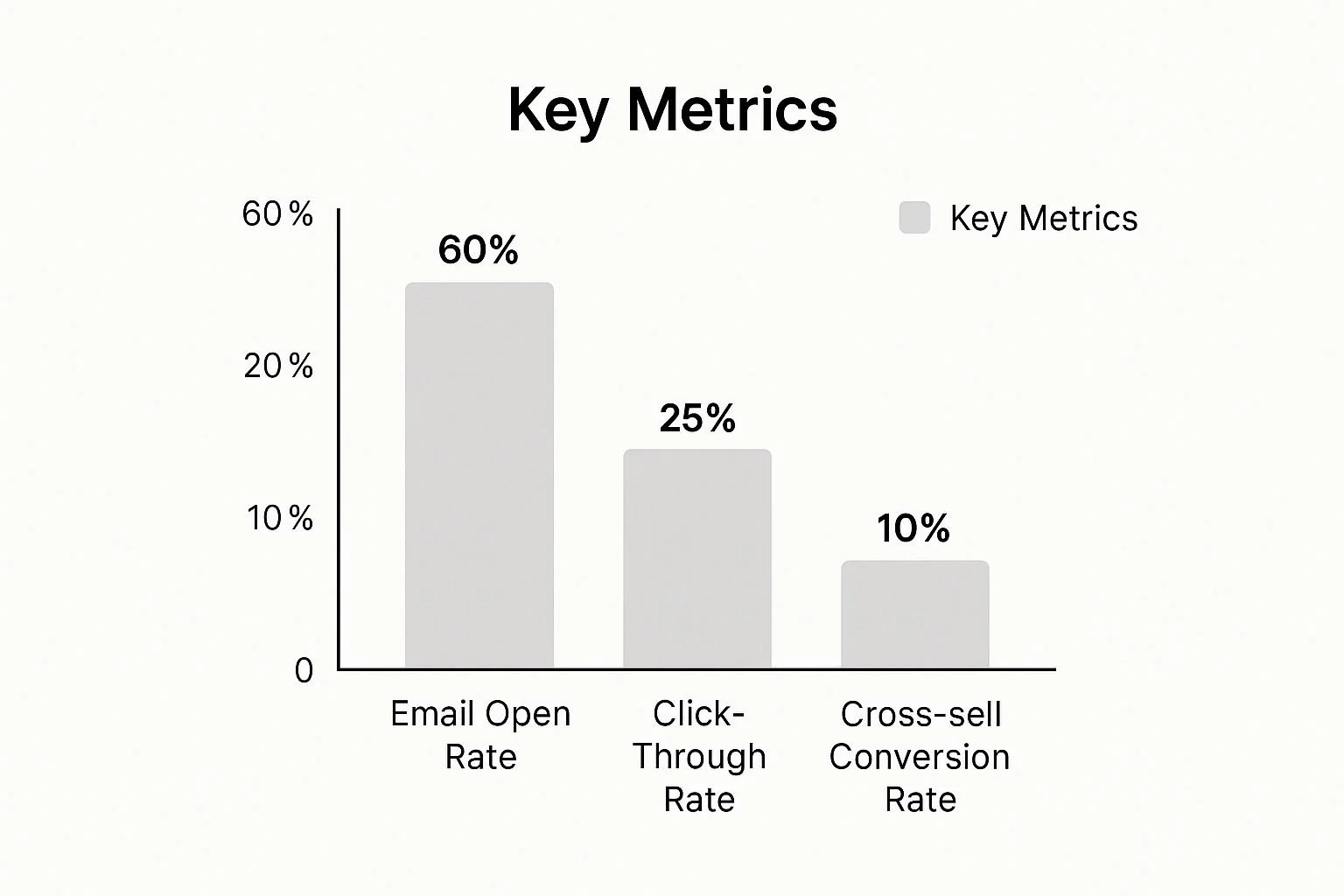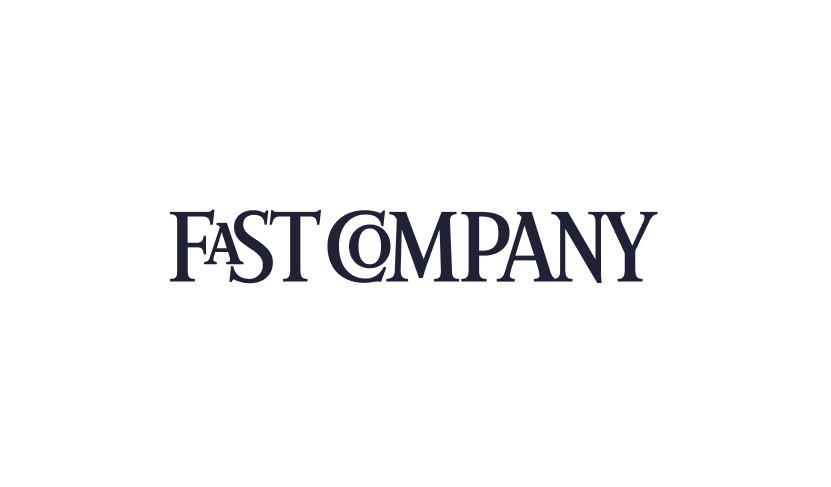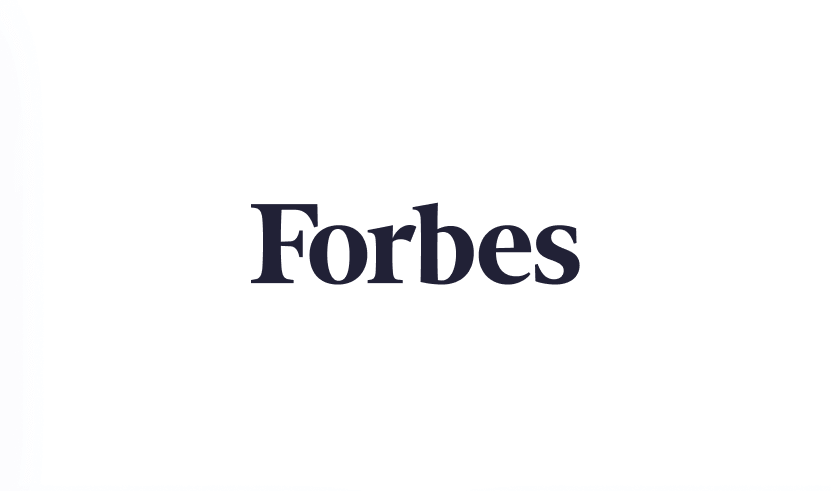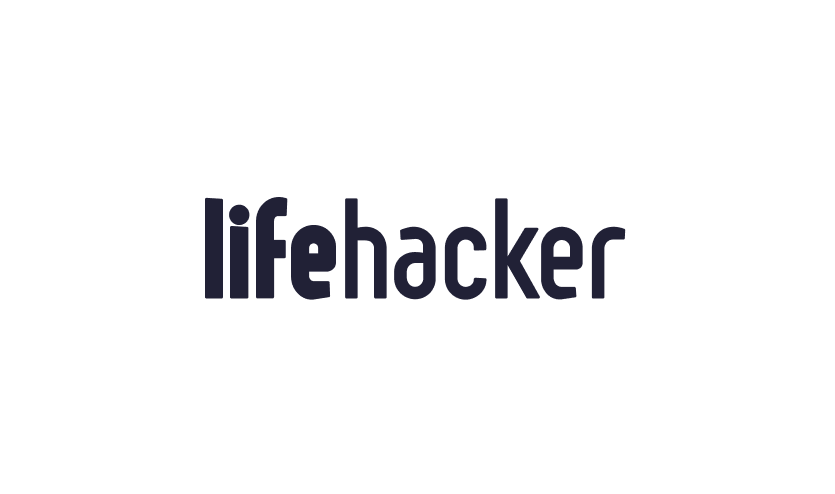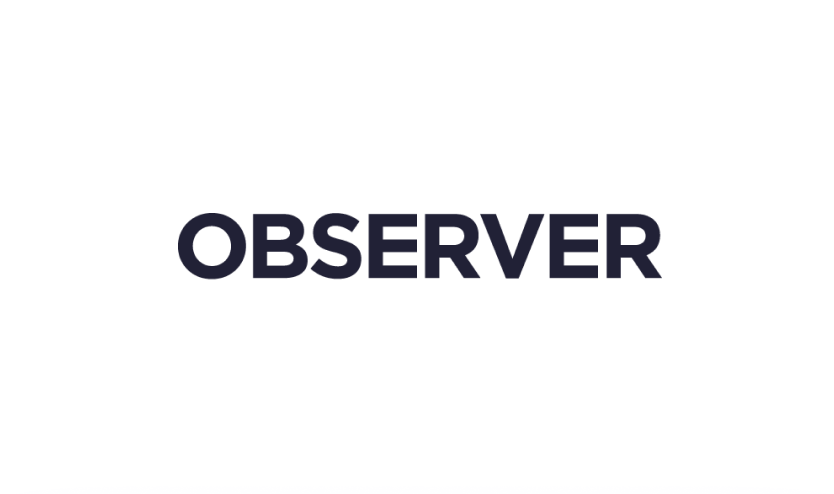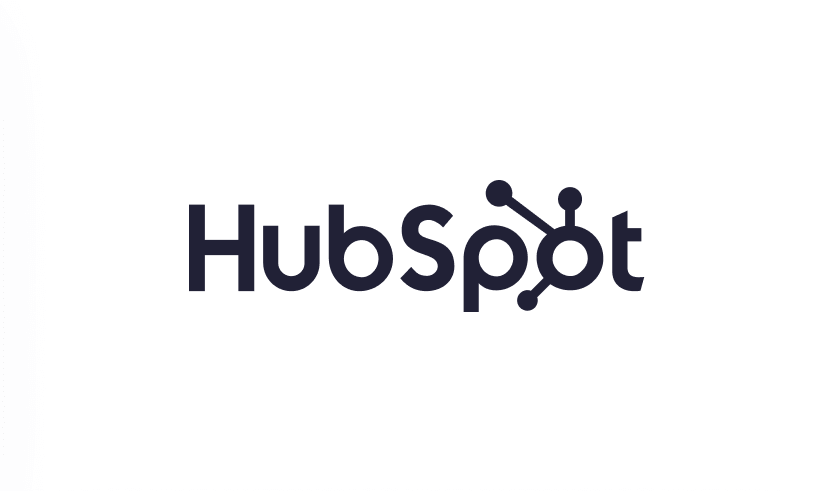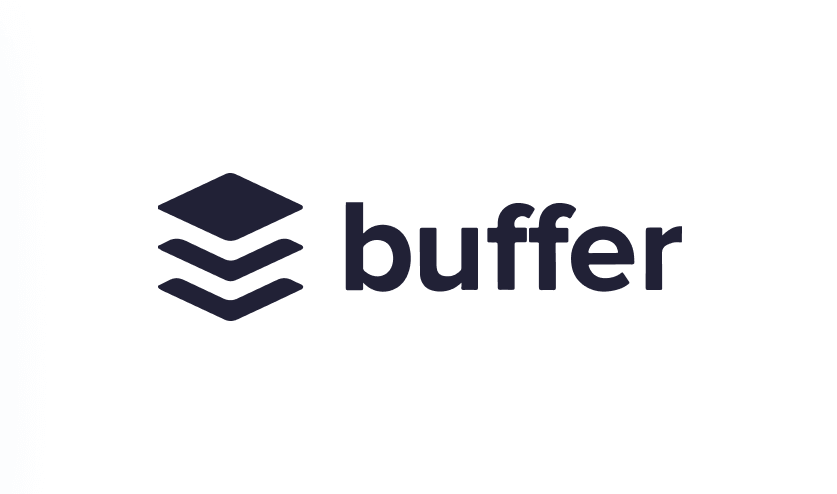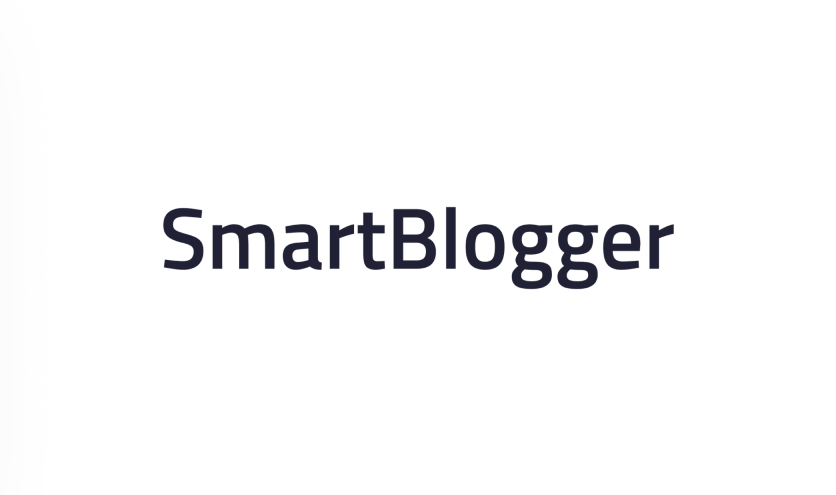Master the Post Purchase Email Flow to Boost Loyalty
Why Your Post Purchase Email Flow Changes Everything
Many e-commerce brands prioritize acquiring new customers. However, they often miss a crucial step: nurturing the relationship after the initial sale. This is where the post purchase email flow comes in. It's the secret to turning first-time buyers into loyal, repeat customers and brand advocates.
This goes beyond a simple order confirmation. It involves a strategic series of emails designed to guide customers towards long-term loyalty.
The Psychology of Post-Purchase Engagement
Customers often experience mixed emotions after making a purchase. Excitement about the new product might mix with lingering doubts or questions. A well-crafted post-purchase email flow directly addresses these feelings.
A quick "thank you" email, for example, confirms the order, easing any immediate concerns. This initial contact sets the tone for a positive, ongoing relationship.
The post-purchase period is also a prime time to offer valuable information. A customer's purchase shows their interest in your brand. This is the perfect moment to provide helpful resources like product tutorials, usage tips, or even related product suggestions. This enhances the customer experience and positions you as a trusted source of information.
Beyond "Set It and Forget It"
Traditional email marketing often relies on generic, scheduled blasts. A successful post-purchase email flow requires a more targeted approach. It's about using automation and personalization to send the right message at the perfect time.
This means leveraging customer data to customize email content. This data can include purchase history, browsing behavior, and stated preferences. Personalization leads to much higher engagement and conversion rates. In fact, one in three people who click on an automated message make a purchase, compared to just one in 18 for scheduled messages. More statistics can be found here: https://www.omnisend.com/blog/email-marketing-statistics/
Building a Loyal Customer Base
A strategic post purchase email flow does more than boost sales; it builds a loyal following. By providing excellent post-purchase support and forging real connections, you turn happy customers into brand ambassadors.
These loyal customers are more likely to make repeat purchases, recommend your products, and give valuable feedback. This leads to increased customer lifetime value and sustainable growth. You might also be interested in How to master post-purchase education emails.
The post-purchase period is a vital, often overlooked, stage in the customer journey. Investing in a solid post-purchase email flow creates a remarkable customer experience, fostering loyalty and driving long-term success.
Building Email Sequences That Actually Convert
Beyond the initial order confirmation, there's a goldmine of opportunity to connect with your customers. A well-crafted post-purchase email flow can dramatically boost your bottom line, transforming one-time shoppers into dedicated brand loyalists. This involves a strategic series of targeted emails delivered over the critical first 90 days following a purchase.
Essential Emails in a High-Converting Flow
Successful brands understand the impact of a diverse post-purchase email sequence. Each email plays a specific role in nurturing the customer relationship and driving further engagement.
Order Confirmation: The cornerstone of the sequence, this email reassures customers that their order was successfully processed.
Shipping Confirmation: This email provides tracking information and manages customer expectations, building anticipation for their arrival.
Product Education: Sharing valuable information on product usage and care enhances the customer experience and boosts satisfaction.
Request for Feedback: Soliciting feedback demonstrates that you value customer opinions and helps gather crucial insights for improvement.
Cross-Sell/Upsell Offers: Introduce customers to complementary products or premium upgrades to increase their average order value.
Timing Is Everything: The Ideal Cadence
While consistent communication is essential, overwhelming customers with too many emails can be counterproductive. Finding the right balance is key. The order and shipping confirmations are crucial immediately after the purchase. Product education emails can follow a few days later, once the customer has likely received their order. Strategically incorporate cross-sell/upsell offers and feedback requests over the following weeks and months.
Content That Converts: Balancing Value and Promotion
Each email in your post-purchase flow should provide value to the customer. This could include helpful tips, exclusive discounts, or early access to new products. Consider how each email can enrich their interaction with your brand. For instance, a product education email might include useful tips and tricks, while a cross-sell email could suggest complementary items. Learn more in our article about How to master various e-commerce email flows.
This value-driven approach builds trust and establishes your brand as a helpful resource, rather than just a sales outlet. Striking the right balance between providing value and promoting products ensures your post-purchase emails are both engaging and effective. Crafting compelling subject lines that encourage opens is also crucial. Use clear, concise language that highlights the benefit within.
Smart Segmentation That Feels Personal
Generic post-purchase email flows can quickly alienate your customer base. Instead of a one-size-fits-all approach, successful brands focus on personalization. They leverage data like purchase history, browsing habits, and stated preferences to craft highly relevant messages.
This targeted strategy cultivates stronger customer relationships and ultimately boosts conversions.
Segmenting Beyond Basic Demographics
Truly effective segmentation goes beyond simple demographics. While factors like age and location have their place, personalized post-purchase emails delve much deeper.
Purchase Value Tiers: Reward your high-spending customers with exclusive offers or early access to new products. Imagine receiving a personalized thank you note from the CEO – a small gesture that can make a big impact.
Product Category Preferences: Relevance is key. If a customer consistently purchases running shoes, avoid sending emails about hiking boots. Focus your recommendations on their demonstrated interests to boost engagement.
Engagement History Patterns: Not all customers interact with your emails the same way. Someone who frequently opens and clicks is more engaged than someone who rarely interacts. Segment your audience based on past behavior and tailor your email frequency and content accordingly.
Dynamic Content for a Personal Touch
Dynamic content enables you to tailor individual emails based on customer data. This creates a personalized experience, even within an automated flow. The result? Significantly improved open and click-through rates, as the content directly addresses individual needs and interests. For example, showcase products related to previous purchases or recommend items based on browsing history.
Ethical Data Collection: Enhancing, Not Invading
Collecting customer data is essential for personalization, but it's crucial to do so ethically. Transparency is paramount. Clearly communicate what information you collect and how you intend to use it. Always obtain explicit consent and empower customers to control their own data.
This ethical approach fosters trust and ensures a positive customer experience. It also safeguards you against potential legal issues related to data collection and use. By prioritizing ethical data practices, you ensure that your post-purchase email flow enhances, not invades, the customer journey. Personalization should add value, not create intrusion.
Measuring What Matters Most
The infographic above highlights three key email metrics: a 60% open rate, a 25% click-through rate, and a 10% cross-sell conversion rate. While that 60% open rate might catch your eye, it doesn't tell the whole story of your post-purchase email flow's performance. True success lies in the conversions and their impact on your revenue.
Remember, click-through and conversion rates are much better indicators of a successful email strategy than open rates alone.
Beyond Vanity Metrics: Focusing on Revenue
Open rates are considered a vanity metric. They show how many people see your subject lines, but they don't reveal the actual impact of your post-purchase email flow.
Instead, concentrate on metrics directly tied to business growth. This means tracking revenue attribution to pinpoint how much revenue each email generates. For instance, did a specific cross-sell email lead to a jump in sales? That's the kind of data you want.
The Long-Term Impact: Customer Lifetime Value
Customer lifetime value (CLV) is another vital metric. A well-designed post-purchase email flow can significantly boost CLV by nurturing customer relationships and prompting repeat purchases.
By offering valuable content, personalized recommendations, and outstanding customer service, you'll encourage customers to return. This, in turn, fuels sustainable growth and profitability.
Measuring Satisfaction and Predicting Success
Customer satisfaction is a great predictor of long-term success. Post-purchase email surveys can give you valuable insights into the customer experience.
This feedback helps you pinpoint areas for improvement and refine your messaging. Tracking repeat purchase rates and the time between purchases can also reveal how effective your flow is at encouraging repeat business. Shorter times between purchases and higher frequencies signal a winning strategy.
Data-Driven Optimization: A/B Testing and Interpretation
Setting up robust tracking is essential for analyzing which emails drive the most valuable actions in your post-purchase email flow. A/B testing different subject lines, email content, and calls to action helps continuously refine your sequence.
Conversion rates are especially critical for evaluating success. Industry benchmarks vary. Retail and e-commerce typically see conversion rates between 3.2% and 4.5%, while B2B services range from 2.5% to 3.8%. For a more detailed look at these benchmarks, check out this resource: Email Marketing Metrics That Actually Matter.
The following table provides a snapshot of these benchmarks across different industries:
Industry Conversion Rate Benchmarks For Post Purchase Emails Comparison of average conversion rates across different industries to help benchmark performance
This table highlights the variations in conversion rates across different industries and emphasizes the importance of tailoring your email strategy to your specific sector. Top performers often exceed these averages by focusing on key optimization strategies, such as personalization and value-driven content.
Knowing how to interpret your data is just as important as collecting it. It's about recognizing patterns, implementing strategic improvements, and avoiding common measurement mistakes. By focusing on these key metrics and consistently analyzing your data, you can turn your post-purchase email flow into a powerful engine for growth and customer loyalty.
Choosing The Right Automation Tools
The success of your post-purchase email flow depends heavily on the technology you use. A great strategy won't get you far without the right tools. This section helps you choose the best email automation platform for your e-commerce business, whether you're a startup or an established brand.
Key Features To Consider
When you're looking at email automation platforms for post-purchase emails, some features are more important than others. Here's what to look for:
Seamless E-commerce Integrations: Your automation tool needs to integrate seamlessly with your e-commerce platform (like Shopify) so you can capture important purchase data. This saves you from manual data entry and makes personalization easier.
Robust Automation Capabilities: Your platform should let you create sophisticated email sequences triggered by specific customer actions, like abandoned carts or completed purchases. This ensures timely and relevant communication.
Advanced Segmentation Options: Go beyond basic demographics. You want a platform that lets you segment customers based on purchase history, what they’ve browsed on your site, and how they’ve interacted with your brand. This is key for truly personalized messages. For example, you could target customers who bought a specific product with a customized cross-sell offer.
Detailed Reporting and Analytics: Keeping track of metrics like open rates, click-through rates, and conversion rates is essential to understanding what's working. Being able to see how much revenue is generated by specific emails is particularly helpful.
Comparing Leading Platforms
It can feel overwhelming with so many email automation tools available. To help you get started, we’ve put together a comparison table of a few popular choices.
To help simplify your search, we've compiled a comparison table outlining the key features of leading email marketing platforms. This table offers a concise overview of their e-commerce integration capabilities, automation features, pricing structures, and ideal user base.
Email Automation Platform Comparison For E-commerce Feature comparison of leading email platforms for post-purchase automation capabilities
This table is a starting point. Each platform has its pros and cons. Think about your specific business needs and budget when making your decision. For a more in-depth guide to selecting the right email platform, check out this helpful resource: Learn more about choosing the right email platform on chasedimond.com.
Troubleshooting Common Technical Issues
Even with the best automation platforms, technical problems can pop up. Here are some common issues and what to do about them:
Integration Problems: Make sure your e-commerce platform and your email automation tool are properly connected and that your data is syncing correctly.
Trigger Errors: Double-check that your email triggers are set up the way you want. An incorrect trigger can delay or stop emails from being sent.
Personalization Glitches: Test your dynamic content to make sure it appears correctly for each of your customer segments.
By getting ahead of these potential issues, you can create a smooth and effective post-purchase email strategy, getting the most out of your investment. A seamless customer experience is crucial to building brand loyalty and repeat business.
Advanced Retention Strategies That Scale
Once your basic post-purchase email flow is up and running, how do you take it to the next level? This is where the real opportunity lies – turning satisfied customers into enthusiastic fans who actively promote your brand. This means using advanced retention strategies that set industry leaders apart.
Educational Email Series: Maximizing Purchase Value
Go beyond simply providing basic product information. An educational email series can drastically increase customer lifetime value. This might include tips and tricks for using the product, highlighting less obvious features, or showcasing innovative ways customers can incorporate it into their lives. For example, a company selling fitness equipment could send a series of workout videos or nutritional guides. This added value fosters customer loyalty and positions your brand as a go-to expert.
Introducing Complementary Products: The Art of the Subtle Upsell
Cross-selling and upselling are valuable tools, but they require a delicate touch. Avoid overwhelming customers with irrelevant product suggestions. Instead, focus on complementarity. If a customer buys a camera, offer lenses, tripods, or carrying cases – items that naturally enhance their initial purchase. This feels helpful rather than aggressive, improving your conversion rates.
Loyalty Program Integration: A Natural Extension of the Post-Purchase Journey
Seamlessly integrate your loyalty program into the post-purchase experience. Award points for purchases, offer exclusive member discounts, or provide early access to new products. This encourages repeat purchases and creates a sense of community around your brand. Consider tiered loyalty programs with increasingly attractive benefits to reward your most valuable customers.
Seasonal Campaigns and Win-Back Strategies
Take advantage of seasonal events and holidays to re-engage your customer base. Create post-purchase emails reflecting these occasions, offering relevant products or exclusive deals. This keeps your brand top-of-mind and encourages repeat purchases. For inactive customers, implement win-back email sequences. These could include special discounts or reminders of past purchases to reignite their interest. You might be interested in: How to master your overall e-commerce email marketing strategy.
Feedback Collection: Strengthening Customer Relationships
Gathering customer feedback is essential for ongoing improvement. Include feedback requests in your post-purchase emails, simplifying the process for customers to share their thoughts. This not only gives you valuable information but also shows that you appreciate their input, strengthening the customer relationship. Consider offering incentives for feedback, such as a small discount on their next purchase. This shows your appreciation and encourages detailed, honest responses. By using these advanced strategies, you can drastically improve your post-purchase email flow, increasing customer retention and driving long-term growth.
Key Takeaways
Building a successful post-purchase email flow is crucial for any e-commerce business. It's the key to turning one-time buyers into loyal customers and brand advocates. Here's a roadmap to help you build a highly effective flow.
Start With a Strong Foundation
The first few emails should focus on reassurance and building trust. This means a prompt and informative order confirmation, followed by timely shipping updates. These early interactions set the tone for the entire customer relationship.
Order Confirmation: Reassure customers their order was processed correctly. Include order details and a thank you message.
Shipping Confirmation: Provide tracking information and estimated delivery dates. Keep customers informed about where their package is and when they can expect it.
Product Education: Offer helpful resources, like user guides or tutorials. Consider what additional information could help your customer get the most out of their purchase. This builds their confidence and satisfaction.
Personalization Is Key
Generic emails just won't cut it in today's competitive market. Use customer data to create targeted messages. Consider factors like past purchases, browsing behavior, and even expressed preferences to tailor your emails.
Targeted Recommendations: Suggest complementary or related products. For example, if a customer bought running shoes, suggest running socks, not hiking boots. Relevance is key.
Exclusive Offers: Reward loyal customers with personalized discounts or early access to new products. This makes them feel valued and appreciated.
Measure What Matters
Don't just track open rates. Instead, focus on metrics that reflect actual business growth, such as conversion rates, revenue attribution, and customer lifetime value (CLV).
Conversion Rate Tracking: Monitor how many email recipients make a purchase after receiving a specific email. This helps determine which emails are most effective.
Revenue Attribution: Analyze how much revenue each email generates. Focus on optimizing the emails that drive the most sales.
CLV Growth: Track how your post-purchase email flow impacts long-term customer value. This demonstrates the overall success of your email strategy.
The Right Tools for the Job
Choosing the right email automation platform is essential. Look for features like seamless e-commerce integrations, robust automation capabilities, and detailed reporting. Omnisend is often recommended for growing e-commerce businesses, while Mailchimp might be better suited for beginners.
Advanced Strategies for Continued Growth
As your business grows, so should your post-purchase email flow. Consider implementing these more advanced strategies:
Educational Email Series: Share valuable content related to your products, enhancing customer experience and building expertise.
Loyalty Program Integration: Reward repeat purchases with exclusive benefits and perks, encouraging long-term engagement.
Win-Back Campaigns: Re-engage inactive customers with targeted offers or reminders.
By consistently implementing and refining these strategies, you can turn your post-purchase email flow into a powerful engine for customer loyalty and business growth.
Ready to level up your email marketing?
Check out Chase Dimond for expert guidance and proven strategies.


